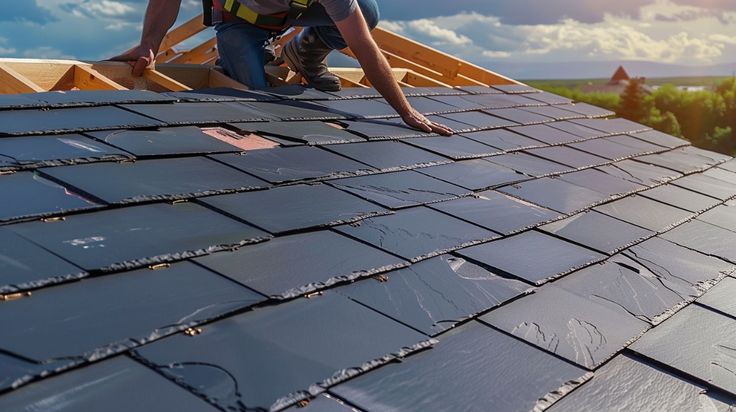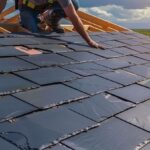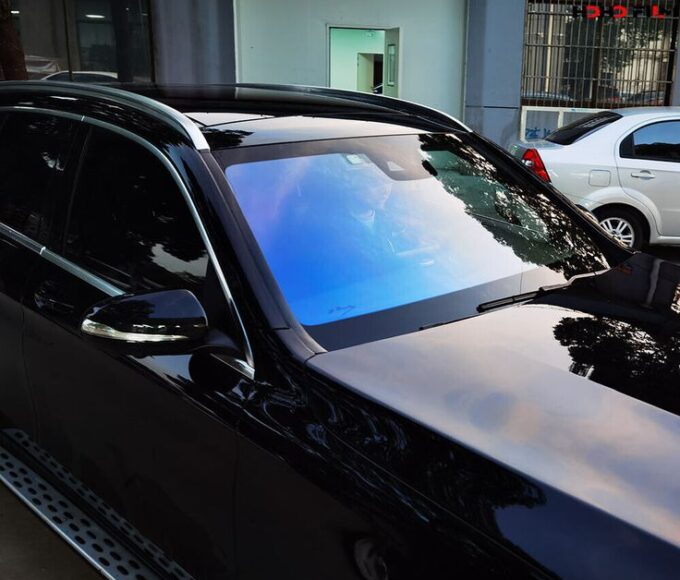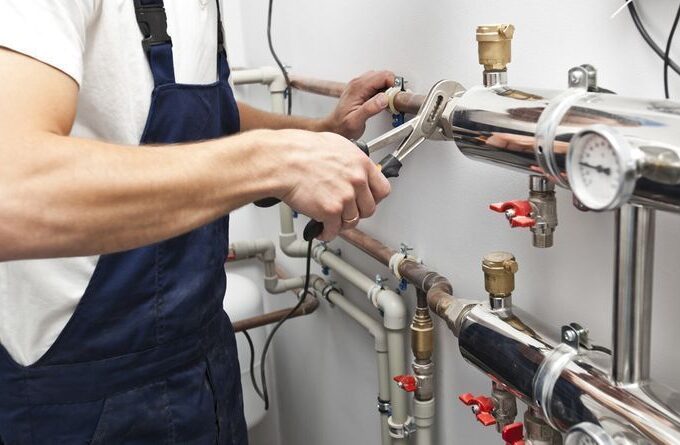In terms of roofing material, there is nothing as attractive and as reliable as slate. Slate roofing has been a source of fascination to both architects and homeowners over centuries due to its rich history and beautiful looks. It is not only a roof, it is an investment in goodmanship that has the potential to make the whole appearance of a house. Natural stone attractiveness gives the installation character and charm, thus making every one different.
But what is the process of making such splendid roofs? Each slate tile has a very interesting history of its beginnings in ancient times up to the present-day installations. We will take you on the field to see the craft behind slate roofing, talk to the professionals in the industry and reveal some secrets of how to maintain your roof so it looks immaculate in the coming years. Ranging from those in need of a new roof to those who are just interested in the same old stuff, there is a lot more to slate than meets the eye!
History and Evolution of Slate Roofing
The history of the slate roofing is very ancient. Its use dates back to Roman times when it was used in other architectural elements. This long-lasting substance made its way to the European construction in the Middle Ages.
Slates were popular in England and Wales by the 17 th century. This strong stone was provided by local quarries in order to produce magnificent rooftops that can withstand the extreme weather conditions. It was increased by its durability and gracefulness.
Slate roofing became popular in America during the 19 th century as the railroad system was expanding, so it became easier to transport slate to quarries. The houses constructed back then would be of sophisticated designs and bright colors that demonstrated artistic skills.
Along with the development of architecture in the decades, slate applications were evolving. The architects of today adopt the conventional techniques and incorporate the modern technologies in the new projects with the use of this eternal material in addition to the sustainable practices.
The Process of Installing a Slate Roof
A slate roof is a complex task that requires expertise and accuracy of installation. Initially, the old roofing is supposed to be removed with great caution leaving the underlying structure.
The second thing is the installation of solid underlayment. This layer serves as a moisture shield, and therefore, ensures the long-lasting protection against any leaks. Once this is prepared, the next thing to do is to select good slate tiles. They are available in different colours and sizes.
The practical is carried out in three stages with the laying of starter strips along the eaves. All the tiles should be put in place in order to provide good drainage and beauty. Old craftsmen usually apply copper or stainless steel nails to fix every portion.
This is an important stage in which attention to details is important; any minor deviations may cause issues in the future. After the installation, they can withstand decades when installed properly, and thus, it is a good investment to homeowners who want durability and style.
Maintenance and Repair Tips from Experts
In order to maintain your slate roof in excellent condition frequent inspections are necessary. Specialists suggest that once or twice a year you should have slates that are loose or broken checked. The later damage can be averted when it is discovered early.
It is important that you use original materials when you are carrying out a repair, in order to achieve integrity on your roof. When you are replacing a slate, make sure that you get similar thickness and color to that of the old tiles to make them blend well.
Another important element of maintenance is cleaning. Delicately clean up materials such as leaves and branches to prevent moisture accumulations that may cause growth of algae.
Think of getting experts to do significant repairs, particularly when you do not feel at ease with working on heights. The first consideration should be safety when handling issues in roofing.
Make sure that there is maintenance of good drainage by ensuring that gutters are clear. Clogs have the ability to lead to water holding back which can ruin your gorgeous slate installation with the passage of time.
Sustainability and Environmental Impact of Slate Roofing
Along with its beauty and durability, slate roofing has got some benefits in relation to the environment. Slate is a natural stone, thus very sustainable. It does not consume so much energy to be produced as opposed to other roofing materials such as asphalt or metal.
A slate roof can be more than a hundred years old when well kept. This is because this longevity will result in less resources being used over time, thereby minimizing wastage in landfills. In addition, slate mining is less devastating in the ecosystems provided that it is done in a responsible manner.
The other feature is that slate roofs have great insulating ability. They assist in the controlling of the temperatures indoors and this may result in reduced heating and cooling energy usage during the year.
A large number of clients value the fact that natural materials are used in the home because they are compatible with an environmentally friendly lifestyle. Even further improvements to the sustainability of slate are demonstrated by the fact that it can be re-used at the end of life.
The slate roofing decision does not only come down to the looks of the house, it is also a decision to make concerning the future of our planet in a responsible manner. It is an expression of an environmental pledge and concern on quality, which is attractive to the responsible homeowners of the modern age who would want to strike a balance between style and sustainability.















Leave a comment